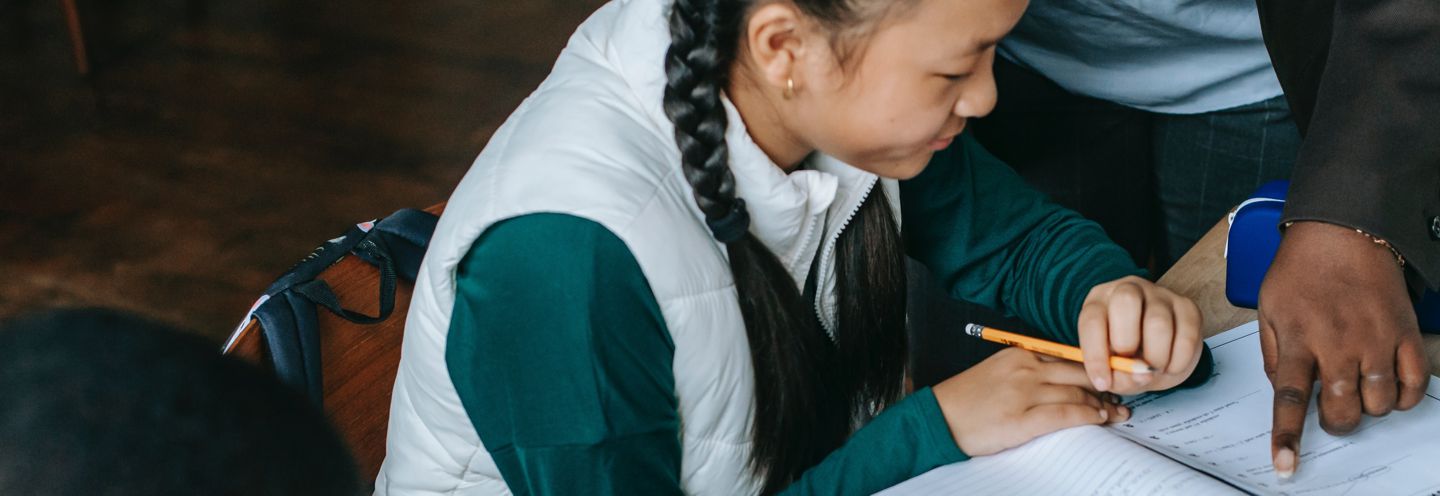Teacher Resources | 378 Results

This teaching unit helps students to become more aware of the language and techniques used in print advertising, as well as the impact of advertising on their daily lives.

To make students aware of the ways in which male violence is used and promoted in advertising.

In this lesson, students explore issues surrounding the marketing of alcoholic beverages on the Internet.

The purpose of the lesson is to facilitate and develop youth art as a form of community engagement and give students the opportunity to explore their experiences with privacy and equality in

Did you know that almost a quarter of adults have shared a false news story, and that we’re least likely to fact-check news and other things that come to us through people we know and trust on social

Being well-informed – and being careful to only share good information – are essential parts of being an active citizen in a democracy. It’s important to think before you share political information

In this lesson, students discuss “viral” photos, videos and news stories that spread via social media. They are shown how challenging it is to authenticate these using only their content and are

In this lesson students are introduced to the concept of "avatars" and share their experiences creating and playing avatars in video games and virtual worlds. They then create avatars using a program

MediaSmarts asked Canadian teens attending a Digital Youth Summit what they do to make the online world better for everyone. Here’s what they said:

In this lesson, students are introduced to the idea that “hot” emotional states such as anger or excitement can make it harder for them to control how they act. They also discuss the concept of

